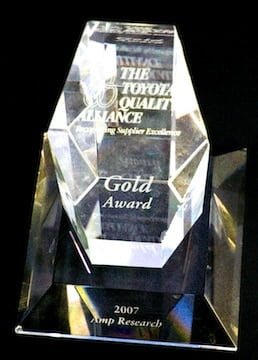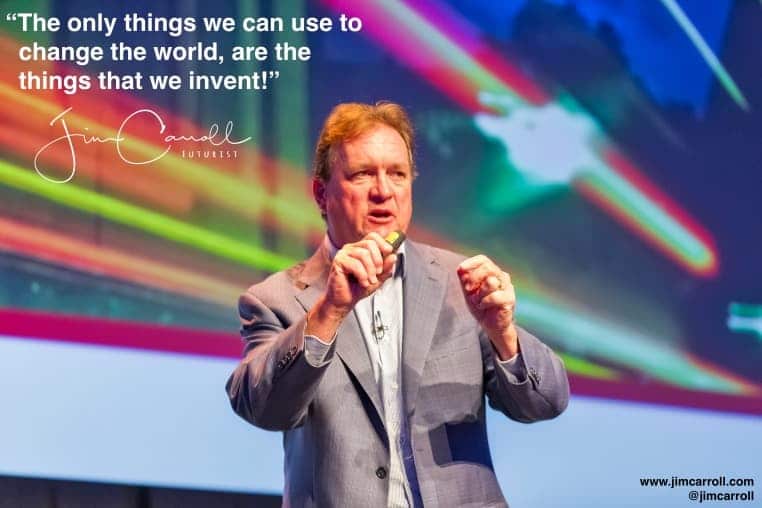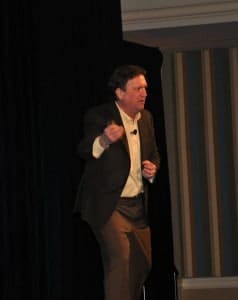 Back in May 2007, I was invited to be the keynote speaker at the 4th World Conference on Quality and Improvement on behalf of the American Society for Quality; I spoke to an audience of about 2,000 individuals involved in “quality” issues — everything from construction to pharmaceuticals, consumer products to automobiles.
Back in May 2007, I was invited to be the keynote speaker at the 4th World Conference on Quality and Improvement on behalf of the American Society for Quality; I spoke to an audience of about 2,000 individuals involved in “quality” issues — everything from construction to pharmaceuticals, consumer products to automobiles.
The key premise of my message was that in a world of accelerated innovation and fast paced change, organizations would find that new and more challenging quality issues would appear. The result, I suggested, was that organizations need to pay a new and different type of attention to ‘quality’, since quality issues could now spiral out of control faster than ever before.
(I’ve got the entire keynote on tape, with the slide deck, and might put a few clips up).
Fast forward three years, and we’ve got a situation in which the CEO of Toyota, previously one of the world’s most respected organizations when it came to quality, is on the ropes.
Let’s revisit what I said three years ago; here’s an interview from Quality Progress Magazine in April 2007:
Jim Carroll has been working as a futurist and innovation expert for 18 years.
A lot of people probably don’t know what a futurist is. Explain what you do.
Essentially, I spend a lot of time examining what is happening with different industries, with different professions, with different skills, and put that into perspective for people so they can think
about what might be coming next in their industry.What is coining next in quality?
I think it’s going to be managing quality in a period of high velocity change. We are in a very high velocity economy. Business models are changing at a furious pace. Products are coming to market faster than ever before. We are seeing faster rates of innovation. We have to ask ourselves, “What will the impact of that be on the concept of quality?
And how do we rethink what we’ve been doing in an era of ever more rapid change?”It doesn’t matter if we’re thinking of that from a product perspective or professional skills perspective or process perspective. The fact is things are happening faster, and that has implications on quality. One of the words I like to use is “agility.” How do we develop agility so that we can respond quickly to changes?
How can one ASQ member who is trying to bring innovation to an organization make a difference?
The quality guy or lady is probably a lonely individual because he or she can be perceived as getting in the way of the rush to market. But the risk of screwing up that comes with a high velocity market is magnified. We’re in the YouTube era, where somebody can take a video of your product screwing up and post it online. Then you’re in trouble.
Quality people probably aren’t getting as much respect or attention as they used to, so I think it’s important that they heighten the importance of quality and get the word out there, because the consequences of things going wrong are potentially so much worse. They have to get across to their bosses that all a company needs is one video clip of something bad happening, and it will do millions of dollars in brand damage. That’s the reality.
After the event, I went on to write a blog post, which looks spot on given the recent events with Toyota:
My 2nd Orlando event was the Day 2 Keynote for about 2,000 people at the 7th Annual World Congress on Quality and Improvement. I focused on the issue, “how do we ensure we can maintain quality, and the very concept of quality, in the high-velocity world we now find ourselves within?”
One of my opening slides led with this observation: “Velocity drives rapid (consumer / customer / business) change, increases their expectations, which requires faster innovation and a faster more complex economy – which perhaps requires a rethink of quality methodology.”
Some of my major observations through the talk:
- The entire China / pet food /melamine issue is showing the impact that a vast, complex, global economy can have on the issue of quality; I think we are in for a complete rethink and refocus on the issue of quality as a result of events like this.
- In the era of idea instantaneity, quality challenges can go supernova just like that…
- accelerated innovation drives faster time to market, more rapid development time, and less available time to assess potential quality challenges
- the high velocity economy requires more rapid implementation of business processes …with ever increasing complexity and scope … which introduces quality challenges in terms of organizational excellence
- exponentiating connectivity risk with supply chains, business processes, and infrastructure, means that we have to rethink all quality issues as we redefine the nature of the very nature of STUFF…..
- the skills crisis combined with rapid evolution of knowledge means that organizations will have fewer resources available to pay attention to quality, and that quality experts will be niche-orientated
- clearly, volatility is the new normal, and presents even greater challenges to our concepts and expectations with quality
Suffice it to say, there’s going to be plenty of opportunity in the whole field of quality given velocity — the faster things get, the more challenging it becomes to maintain quality!
It’s easy to sympathize with Toyota.
On the other hand, any organization could find where they are, because we’ve known for quite some time that quality challenges were simply going to become bigger, faster, and more complex!



 Here’s a blog post that ran over at the
Here’s a blog post that ran over at the 




GET IN TOUCH
Jim's Facebook page
You'll find Jim's latest videos on Youtube
Mastodon. What's on Jim's mind? Check his feed!
LinkedIn - reach out to Jim for a professional connection!
Flickr! Get inspired! A massive archive of all of Jim's daily inspirational quotes!
Instagram - the home for Jim's motivational mind!